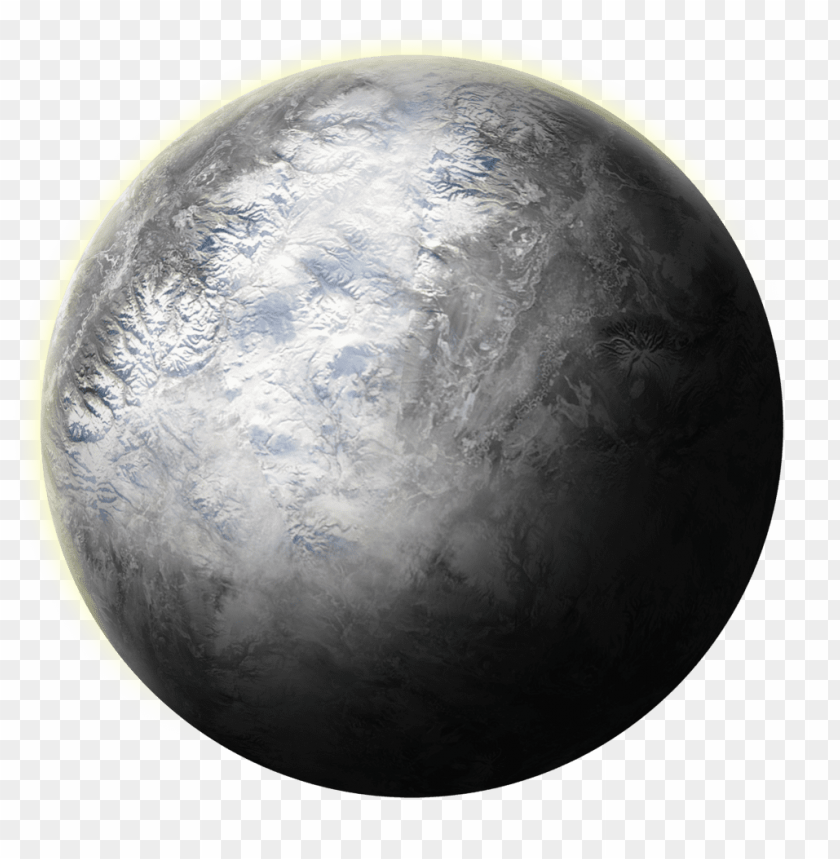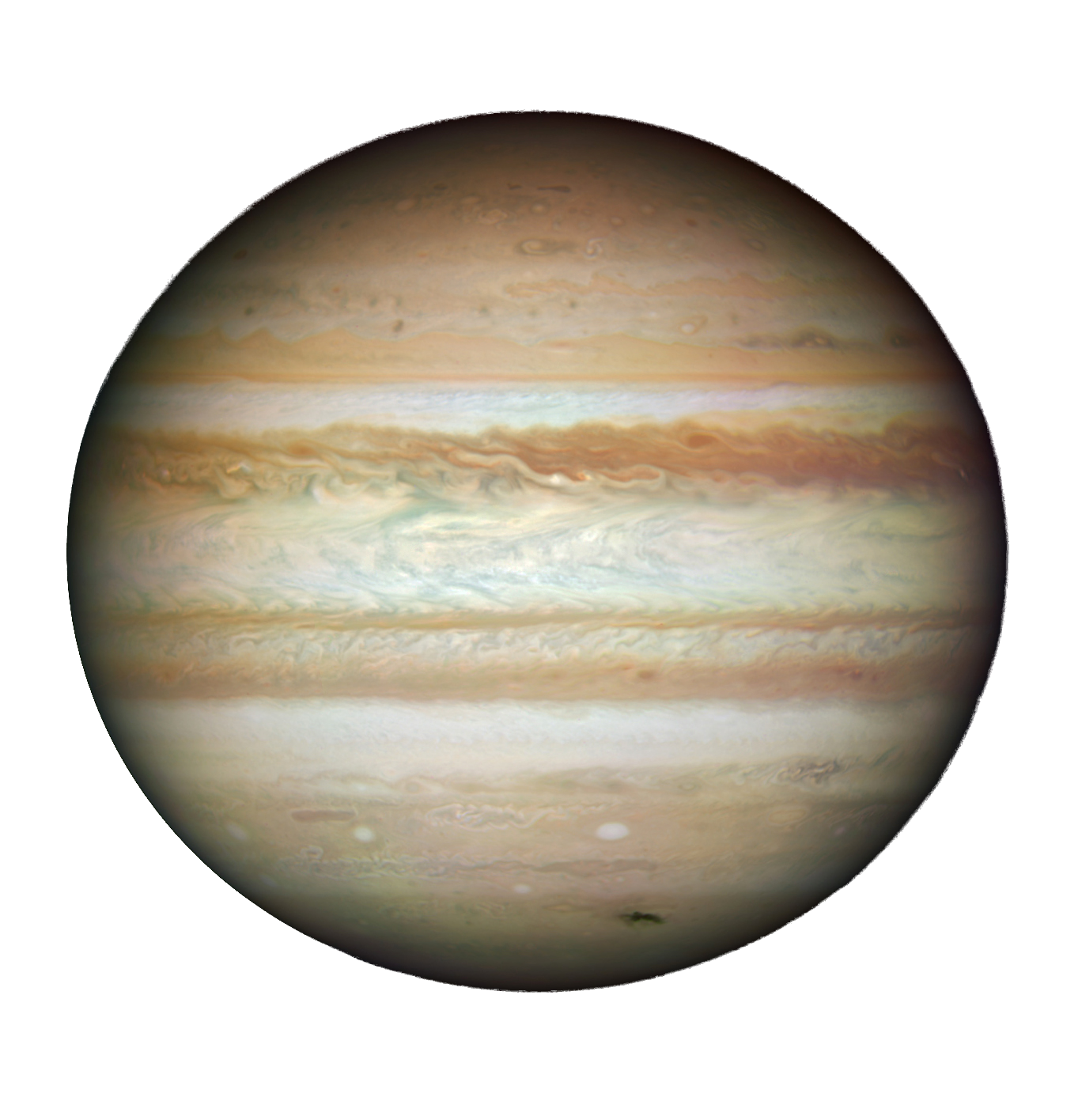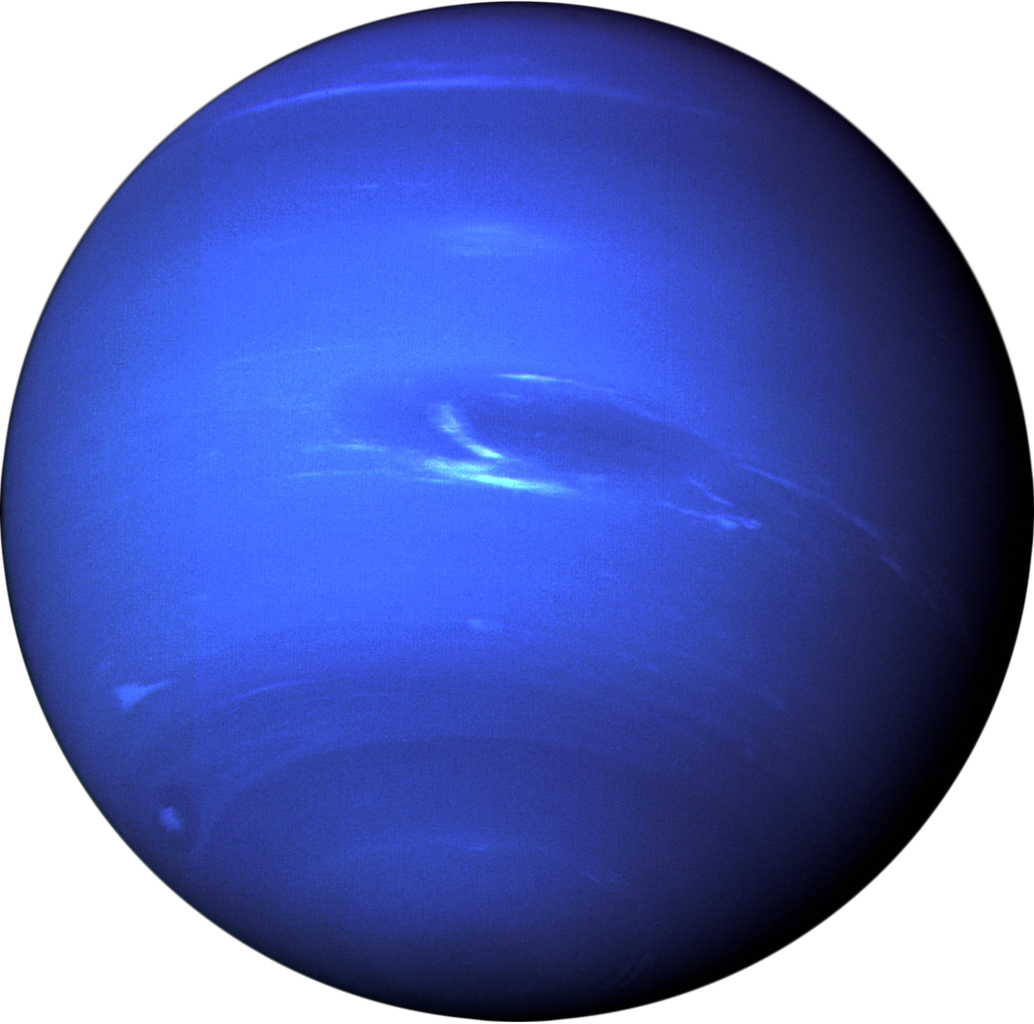earth
Our home planet is the third planet from the Sun, and the only place we know of so far that’s inhabited by living things. While Earth is only the fifth largest planet in the solar system, it is the only world in our solar system with liquid water on the surface. Just slightly larger than nearby Venus, Earth is the biggest of the four planets closest to the Sun, all of which are made of rock and metal. The name Earth is at least 1,000 years old. All of the planets, except for Earth, were named after Greek and Roman gods and goddesses. However, the name Earth is a Germanic word, which simply means “the ground.” Size and Distance With a radius of 3,959 miles (6,371 kilometers), Earth is the biggest of the terrestrial planets, and the fifth largest planet overall. From an average distance of 93 million miles (150 million kilometers), Earth is exactly one astronomical unit away from the Sun because one astronomical unit (abbreviated as AU), is the distance from the Sun to Earth. This unit provides an easy way to quickly compare planets' distances from the Sun. It takes about eight minutes for light from the Sun to reach our planet. Orbit and Rotation As Earth orbits the Sun, it completes one rotation every 23.9 hours. It takes 365.25 days to complete one trip around the Sun. That extra quarter of a day presents a challenge to our calendar system, which counts one year as 365 days. To keep our yearly calendars consistent with our orbit around the Sun, every four years we add one day. That day is called a leap day, and the year it's added to is called a leap year. Earth's axis of rotation is tilted 23.4 degrees with respect to the plane of Earth's orbit around the Sun. This tilt causes our yearly cycle of seasons. During part of the year, the northern hemisphere is tilted toward the Sun and the southern hemisphere is tilted away. With the Sun higher in the sky, solar heating is greater in the north producing summer there. Less direct solar heating produces winter in the south. Six months later, the situation is reversed. When spring and fall begin, both hemispheres receive roughly equal amounts of heat from the Sun. Formation When the solar system settled into its current layout about 4.5 billion years ago, Earth formed when gravity pulled swirling gas and dust in to become the third planet from the Sun. Like its fellow terrestrial planets, Earth has a central core, a rocky mantle and a solid crust.








